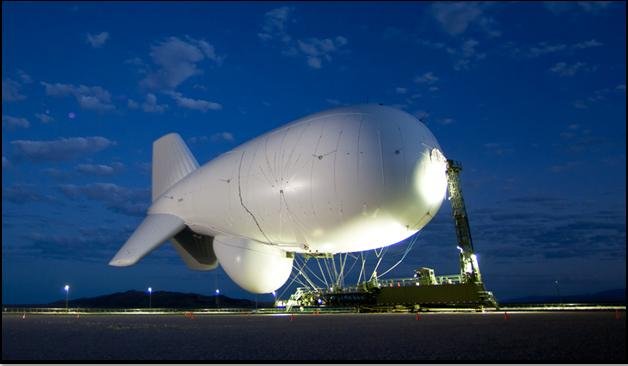WASHINGTON, Oct. 14 (UPI) -- A series of laboratory tests have proven that data collected by the JLENS aerostat-radar system can be successfully be converted into a format for use by NORAD.
The test series was conducted by Raytheon, developer of the system which will soon by deployed in Maryland to help protect the National Capital Region from cruise missiles, drones and other low-flying vehicles.















